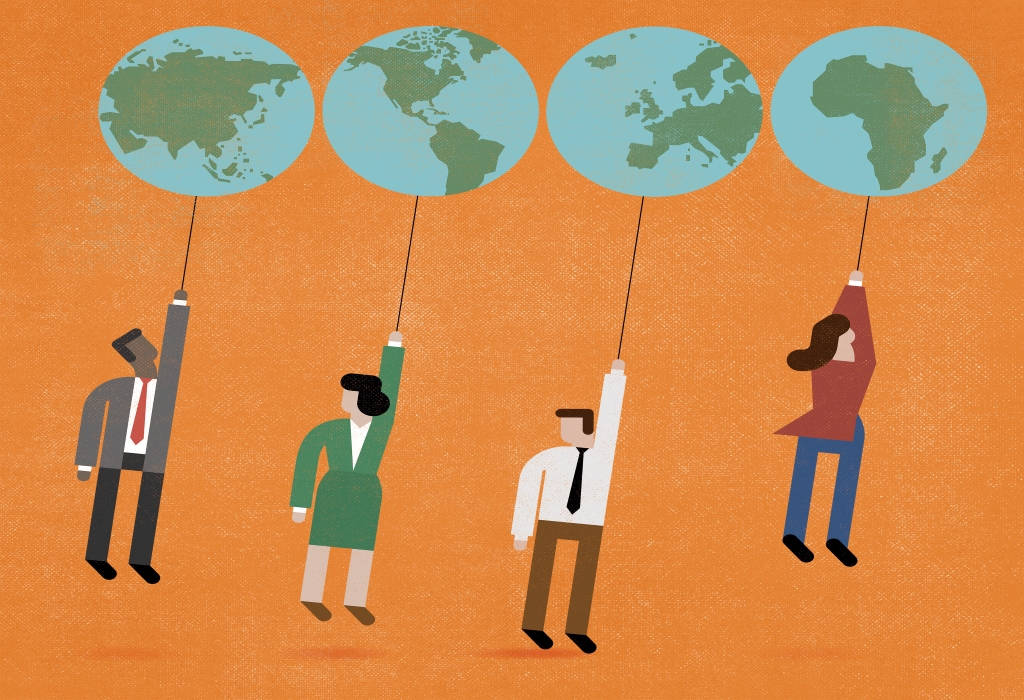
IESE Insight
A Global Survival Guide
Brexit, Donald Trump, and the rise of protectionism in industrialized democracies raise questions. How should we deal with global strategy going forward?
From the late 1980s until the global financial crisis of 2008-09, the business world experienced a trend toward globalization -- measured largely in terms of economic transactions, public perception and the presence of high-profile companies doing business in more countries around the world. During this period, there was an almost euphoric atmosphere of everything being possible. A plethora of writers, academics and business leaders talked about the coming age, heralding an end to borders and differences across countries.
As a result of the financial crisis and various socioeconomic trends, it now feels as if the world has pulled back from those heady days. Brexit, the election of Donald Trump, and the rise of protectionist and even xenophobic political parties in a number of industrialized democracies all point to some kind of global retrenchment, or at least an apparent pause in the rush to bring about a single global marketplace.
In this magazine, we share three different but complementary views of the current state of play, as business leaders try to make sense of the world and the issues they should be focusing on now.
In the first article, my colleague in the Strategic Management Department at IESE, Pankaj Ghemawat, acknowledges the climate of anger that is manifesting itself at multiple levels and in sometimes dramatic ways. During the boom years, Ghemawat defended the surprisingly unpopular idea that the world was not, in fact, flat, and that we were not nearly as globalized as the hype would have us all believe. As always, Ghemawat offers rigorous data that not only support his earlier statements but also point out that the current hysteria is misplaced: globalization is far from dead, he insists.
The key is to look carefully at your firm's specific lines of business, and investigate both where in the world you should endeavor to compete and also how best to do so.
Building on Ghemawat's cogent analysis, my own contribution has to do with the growing geopolitical complexity around the world and my perception that business, as a general rule, does not do enough to track and manage geopolitical risks. The fact is, since the collapse of the former Soviet Union, the world has had an increasingly unstable geostrategic architecture. Today, there are a number of armed conflicts going on across the planet, as well as serious geopolitical fault lines that could escalate into international tensions, sanctions and even war in many parts of the world.
In that context, many companies' far-flung operations, supply chains and technical support networks may not be sufficiently robust. I argue for companies to seriously improve their understanding of geopolitical risks by, for example, directly involving their boards of directors in mapping potential conflict zones, and rethinking how they manage their human resources.
B. Sebastian Reiche, another IESE colleague and an expert on expatriation and international HR management, goes even further on the issue of preparing a company's executives for the incredibly complex global landscape. Specifically, he makes the case that, now more than ever, companies need to revisit how they hire, promote, develop and socialize their talent to manage in the current environment.
Taken together, our hope is that these three articles can help firms from all sectors do a better job of developing a global strategy, a responsible global footprint and a cadre of cosmopolitan leaders that is right for their business and that will help them stay resilient, whatever happens next.
MORE INFO
"3 keys to shockproof your global supply chain"
Mike Rosenberg is an assistant professor of Strategic Management at IESE and the author of Strategy and Geopolitics: Understanding Global Complexity in a Turbulent World (Emerald Publishing Limited, 2017).
This article first appeared IESE Insight 35 (Q4 2017).
